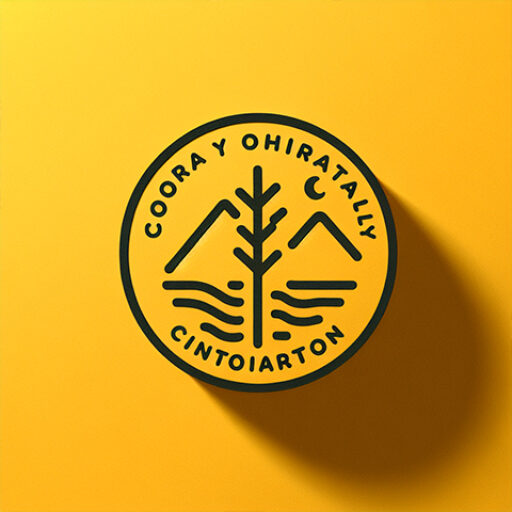At just 36 years old, gym owner Donald “Frue” McAvoy faced a life-altering medical emergency that changed his future overnight. What began as a relaxing Sunday with his fiancée quickly turned into a terrifying battle for survival after he suddenly lost his ability to see, swallow and breathe.
This is the inspiring journey of how McAvoy fought his way back—through emergency surgery, weeks of intensive rehabilitation and an unbreakable mindset that continues to motivate stroke survivors around the country.
A Sudden Stroke That Changed Everything
In early December 2023, McAvoy and his fiancée, Rachel Leaptrott, were enjoying a calm afternoon when McAvoy unexpectedly began choking after a single bite of food. Although Leaptrott cleared his airway, she noticed something far more alarming—his pupils were fixed, and he couldn’t see anything around him.
Despite being conscious and speaking, McAvoy was effectively blind and disoriented.
Doctors later revealed he had suffered a severe stroke caused by a vertebral artery dissection, a rare condition that blocked blood flow to his brain and spinal cord. His airway collapsed during the episode, triggering the choking.
Emergency Surgery & “Fireworks” MRI Scan
At the hospital, neurosurgeons immediately performed a thrombectomy to remove the clot. Scans of McAvoy’s brain showed scattered damage across multiple regions—described as looking like “fireworks.”
He was kept on a ventilator for seven days before transitioning to breathing and feeding tubes. His motor skills, vision and speech were all affected, requiring complete neurological rehabilitation.
The Fight to Recover: Therapy, Milestones and Motivation
A Christmas Wish That Became His Turning Point
Throughout the early stages of recovery, Leaptrott held onto one hope:
to receive a hug from McAvoy on Christmas Day.
That wish became the goal that drove McAvoy through painful therapy sessions, complications like pulmonary embolisms and the overwhelming challenge of relearning how to move.
On Christmas Eve—just over three weeks after his stroke—he fulfilled that wish.
Brooks Rehabilitation: From Bed Support to Walking Again
After nearly a month in the hospital, McAvoy entered Brooks Rehabilitation Hospital, where he joined the demanding “Brooks Boot Camp” program. Under a team of physical, occupational, and speech therapists, he worked at least three hours per day toward regaining independence.
His early goals included:
- Standing for more than 10 seconds
- Improving stamina
- Dressing without assistance
- Preparing simple meals
- Rebuilding speech and voice control
McAvoy also saw an eye specialist to address vision issues, including depth perception.
Sharing His Journey Online
What was once a fitness Instagram account became a powerful recovery journal. Hundreds followed his progress, and stroke survivors nationwide connected with him for support, motivation and shared experiences.
He described the community as:
“A family I never expected to have at this age.”
Life Today: Progress, Challenges and Gratitude
Nearly two years after the stroke, McAvoy continues to overcome long-term effects:
- Uses a walker with a built-in seat
- Wears glasses due to visual changes
- Struggles with depth perception
- Cannot drive
Yet he refuses to slow down. Only months after the stroke, he completed a one-mile challenge run and continues training regularly through Brooks Rehabilitation’s Neuro Recovery Center.
McAvoy says gratitude has become central to his perspective:
“There was a time I couldn’t speak at all. So whenever I feel frustrated, I remind myself—I once didn’t even have the ability to express that. I’m incredibly grateful.”
FAQs About Stroke Recovery and Young Stroke Survivors
1. Can healthy young adults experience strokes?
Yes. While uncommon, strokes in young adults can occur due to factors like arterial dissections, genetic conditions, trauma, or undiagnosed health issues.
2. What is a vertebral artery dissection?
It involves a tear in the artery supplying blood to the brain, which can create a clot and lead to a stroke. Symptoms may include neck pain, headache, vision issues or dizziness.
3. How long does stroke rehabilitation usually take?
Recovery varies widely. Some patients regain function within months, while others require years of therapy. Progress depends on stroke severity, age and rehabilitation intensity.
4. Can people regain movement and vision after a severe stroke?
Many do, thanks to neuroplasticity—the brain’s ability to rewire itself. Consistent therapy, mental determination and specialized rehab programs are crucial.
5. Why is early treatment important for stroke patients?
The faster the clot is removed or dissolved, the better the chances of minimizing brain damage. Immediate medical attention can significantly improve outcomes.

Leave a Reply